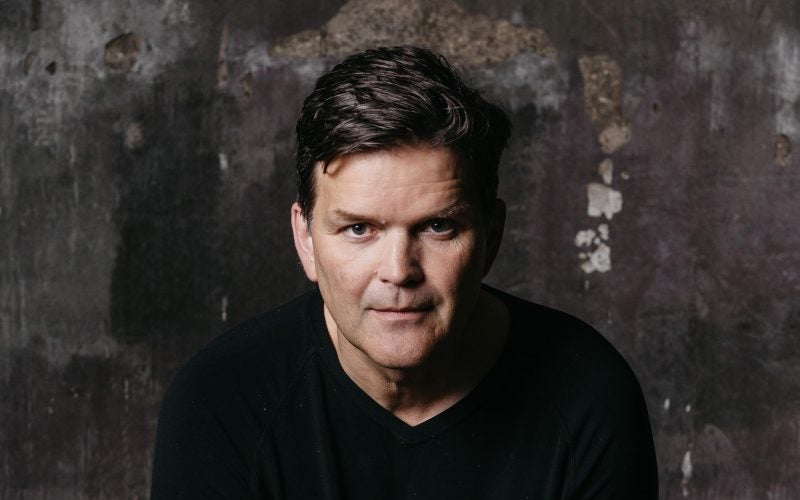
The current coronavirus pandemic has acted as a catalyst in many respects, but the changed relationship travellers have with airports is one of the biggest challenges felt by the aviation industry.
With touch-free technology becoming more prominent, many wonder if airport lounge design should change too to better cater to the new normal.

Discover B2B Marketing That Performs
Combine business intelligence and editorial excellence to reach engaged professionals across 36 leading media platforms.
Chicago-based architecture firm DMAC is currently exploring the idea of metamorphic airport lounges with one of its clients. DMAC creative director Dwayne MacEwen explains what makes DMAC’s designs more adaptive for these challenging times.
Ilaria Grasso Macola (IGM): What are metamorphic airport lounges?
Dwayne MacEwen (DM): For the current project we’re working on, we have gone in and rethought what the airport lounges could and should be. This happened pre-Covid-19 and we had a whole set of criteria. A third into the design process, everything changed and now we have to consider how to keep people further apart and how to deliver food and beverage in a safe way.
We want to morph the airport lounge into something different that can respond to things like Covid quite easily.

US Tariffs are shifting - will you react or anticipate?
Don’t let policy changes catch you off guard. Stay proactive with real-time data and expert analysis.
By GlobalDataIGM: In what way do your airport lounges differ from regular ones?
DM: I think airport lounges, especially in the last decade, have become more about warehousing people. They have also become overcrowded and they’re more of a corporate than hospitality or wellness-type of space.
At DMAC, we work with the hospitality world and what the space makes you feel like is always been the most important criterion. So we took that approach to the airport lounge and we asked ‘how do we make these spaces feel great when you’re in them?’
It’s not just about bigger seats but it also translates into the acoustics and lighting of the space. We also try to let the interface of the space be intuitive, by using materials or the acoustical performance of the space as cues to know what part [of the airport] you’re in.
IGM: What are the pros of your approach?
DM: I think our work is always rooted in the local. There’s a very rigorous approach to the functionality of the space but we’re always looking for opportunities that are there in the local space, whether it might be the geometry of the space that we’re given or if there’s a certain amount of history in that city for aviation.
We do that in a subtle way where people don’t figure it out immediately, but there is a backstory narrative that helps people have more of a sense of ownership towards the space.
IGM: Why is it necessary to re-design spaces within airports?
DM: I think there’s a different attitude in terms of how we interact with our surroundings and the digital connection we have to the environment, for example, the need to have TV screens on the walls.
I don’t think we need those theatre rooms, everyone has their own device. Why don’t we give that space back to the seating area to make that more luxurious?
I would say the same in the food and beverage area, there needs to be a way to bring in higher levels of food and beverage to the [airport] experience.
IGM: The pandemic has changed the way people relate to airports. How will airport design change?
DM: This is something we’re in the middle of thinking through. We used to adopt a ‘together, alone’ approach when we were designing these very social spaces where you might share a table or chair with other people.
Now, we’re thinking of ways to curate densities, whether it is for travellers travelling by themselves or for families. We enjoy blurring functional boundaries and, for example in a dining area, take some of the lounge components and blend them into a space where you have a little bit more room than you typically would have for dining.
So, you do get that curated density but from a capacity standpoint, you’re getting more people than in a traditional lounge environment without the tables and the bigger furniture. I think there’s a little bit of sleight of hand in trying to find the right balance.





